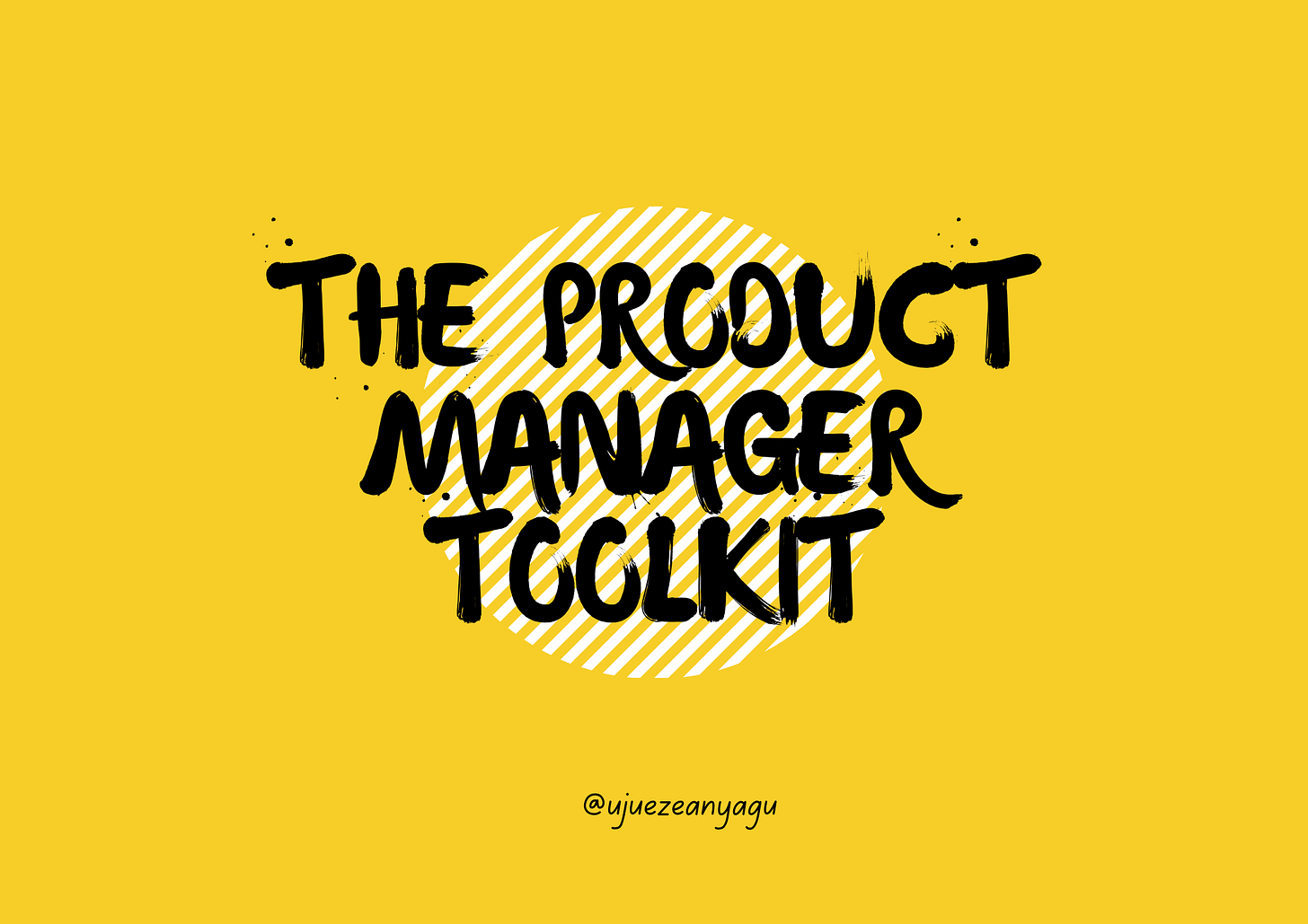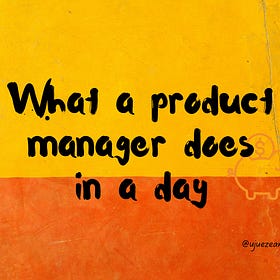The tools you need to excel at your job as a product manager
“What’s in a product manager’s bag?”
Are you ready to dive into the world of product management armed with the right tools to succeed? In today's article, we will explore the essential tools that every product manager should have in their toolkit, regardless of their level of experience or familiarity with the tech space.
First things first …
Before we discuss specific tools, it's important to understand their role in a product manager's life. Tools should not be a dependency to do a good job. They also don’t automatically make you a great product manager. If you are operating at 70%, using the right tools can get you to 90%. But if you are at 20% productivity, even with the right tools, you won’t get automatically to 90%.
Think of your toolkit as a resource to aid you in your job—a collection of instruments designed to streamline your workflow, enhance your productivity, and empower you to make informed decisions.
As a product manager, you'll use these tools daily to conduct research, collaborate with team members, design user experiences, track progress, and more. They serve as your trusted companions in building and launching successful products.
Essential tools for success
While there are many tools in each category, I’ve selected some popular ones and some of the ones I’ve used as a product manager.
Research tools:
Google Forms: Create and share online forms to gain insights from your target audience.
SurveyMonkey: Create surveys to gather feedback from users and stakeholders.
Google Analytics: Gain insights into user behaviour and website performance.
UserTesting: Conduct usability tests to understand how users interact with your product.
Design tools:
Figma: Collaborative interface design tool for creating wireframes, prototypes, and mockups.
Sketch: Vector graphics editor for designing user interfaces and digital experiences.
Adobe Creative Suite: Suite of design software including Photoshop, Illustrator, and InDesign for graphic design and multimedia creation.
Portfolio creation tools
Canva: Design and launch a professional one-page website for free to showcase your work
Notion: Write and share details of your projects with recruiters using simple templates.
MS Powerpoint: Create beautiful slides to showcase your projects and accomplishments.
Job application tools:
LinkedIn: Networking platform for connecting with industry professionals and exploring job opportunities.
Glassdoor: Research company reviews, salaries, and interview experiences to prepare for job applications.
Resume Builders: Tools like Canva or resume.io to create visually appealing resumes that stand out to recruiters.
Learning tools:
Coursera: Online platform offering courses and certifications in product management, business, and technology.
Udemy: Marketplace for on-demand courses covering various topics, including product management fundamentals.
Books and Blogs: Resources like "Inspired" by Marty Cagan or "Mind the Product" blog for insights from industry experts.
Collaboration tools:
Slack: Communication platform for real-time messaging, file sharing, and team collaboration.
Zoom: Video conferencing software for remote meetings, presentations, and brainstorming sessions.
Miro: Visual workspace to brainstorm ideas, build, collaborate and design anything.
Agile product management
Jira by Atlassian: Project management tool to plan, track, release and support software.
Linear: A tool for modern software development. Streamline issues, sprints and product roadmaps.
Trello: Kanban-style project management tool for organising tasks and tracking progress.
By utilising these tools in your work, you'll be well-equipped to tackle product management challenges with confidence and efficiency. Remember, it's not just about having the tools but knowing how to leverage them effectively to drive success.
How to leverage tools to drive success
Start by thinking about your objective. Then, explore tools to help you achieve it.
Allow yourself time to familiarise yourself with the tool. You will not get it all immediately but rather with continued usage.
Seek resources to learn how to use the tools. Most software applications have help articles and videos to guide users. Search for these resources on the company website. Youtubers also create videos on how to use popular tools such as Notion, Figma, and Jira so you can explore them.
Stay flexible and adaptable. One organisation may use Jira for agile project management, while another uses Linear. Be open to exploring new tools and methodologies that may better meet your team's evolving needs and objectives.
Ensure data security and compliance: Prioritise data security and compliance when using tools to manage sensitive information.
I hope this article is a valuable resource for building your product manager toolkit and empowers you to excel in your career journey. Stay curious, stay proactive, and keep honing your skills - the world of innovation awaits!
If you are new to product management, check out what I do in a day as a product manager. You don’t want surprises, do you?
A day in my life as a product manager
For the non-tech-savvy folks, it might be difficult to understand what a product manager does in their day-to-day work. Yet, you need to understand this before becoming a product manager. You don’t want surprises, do you? That’s why I am writing this article - to break down what a day in the life of a product manager looks like.
When you are ready, I can help in 2 ways:
Join a free online community of aspiring and junior PMs. Learn from experienced PMs and recruiters, ask a question and get access to curated resources. Join here.
1-1 mentorship: Get 1-1 mentorship to land your first PM job or grow professionally as a PM. Navigate the 100s of templates and advice you see online and speak to an experienced professional excelling at her work and helping multiple folks land their first PM job. Email me at ezeanyaguuju@gmail.com to learn more and book a session.



